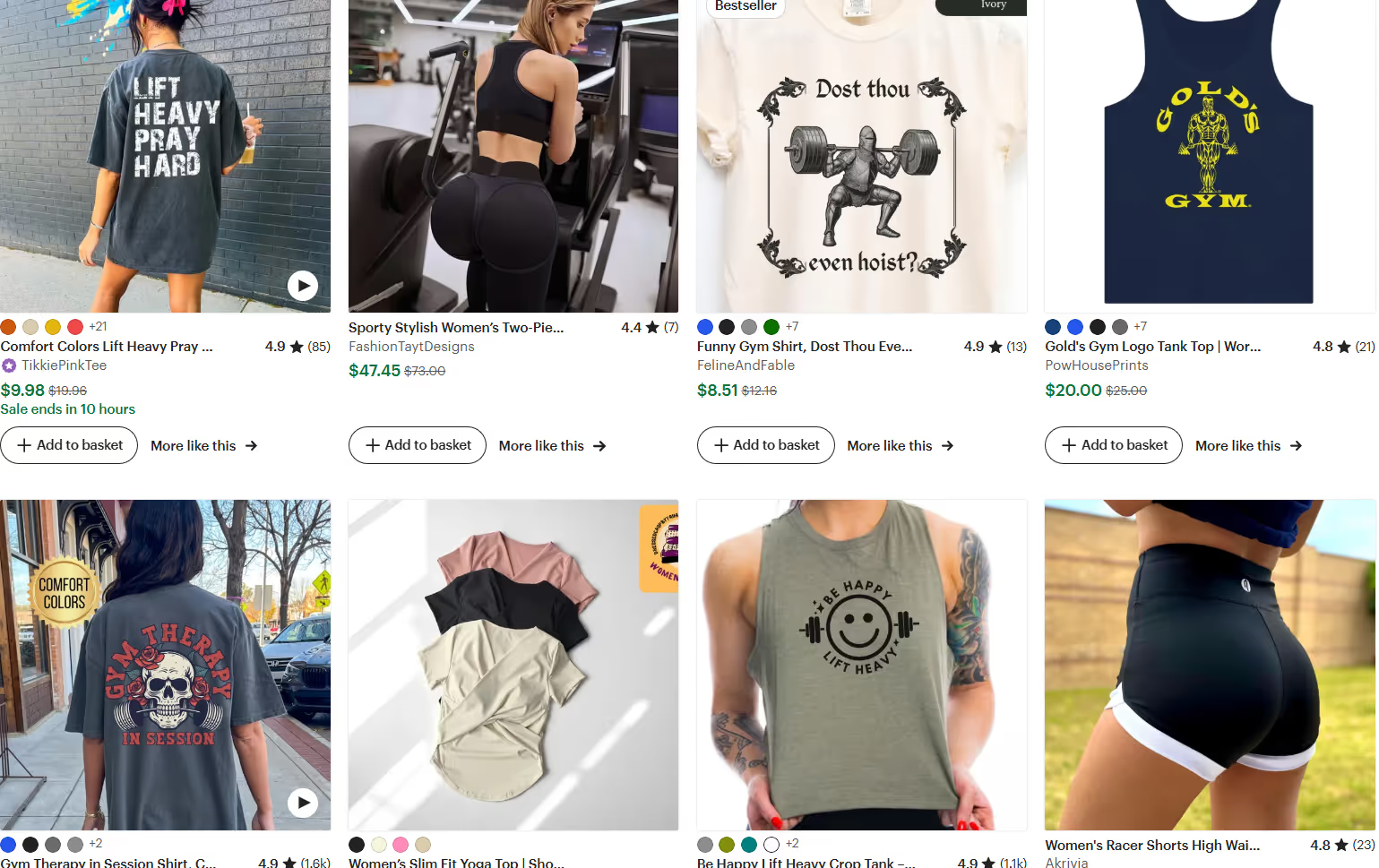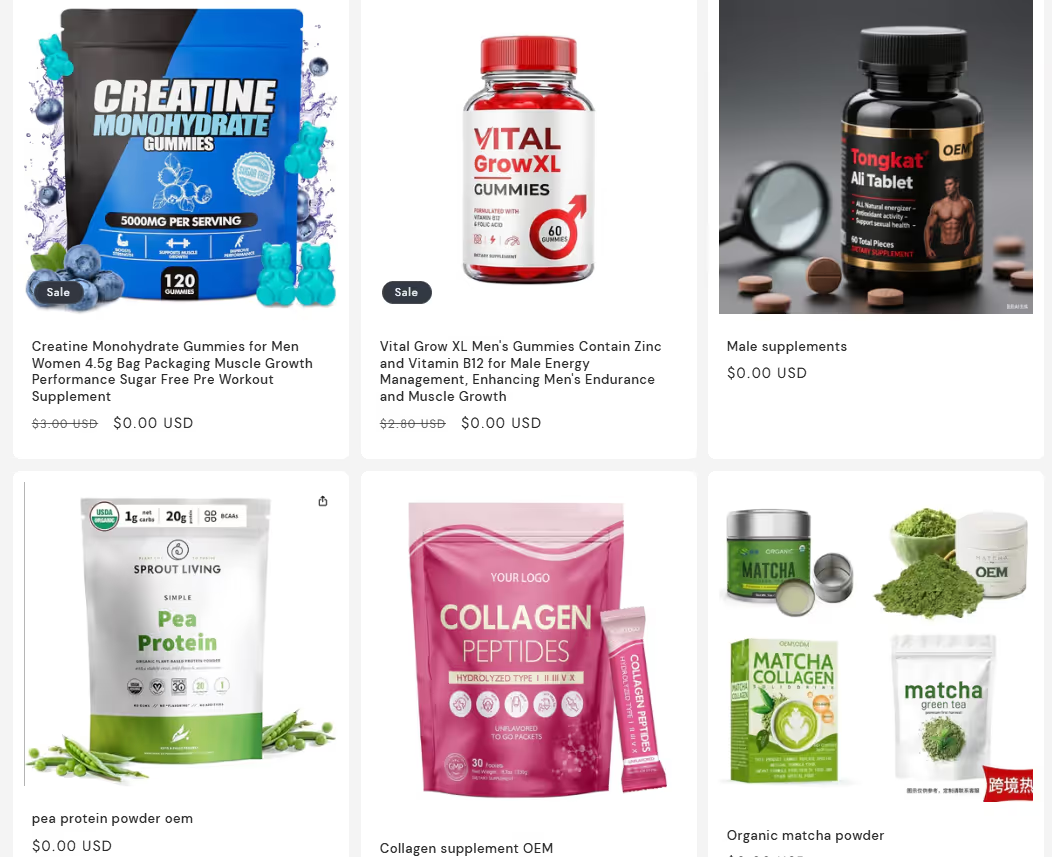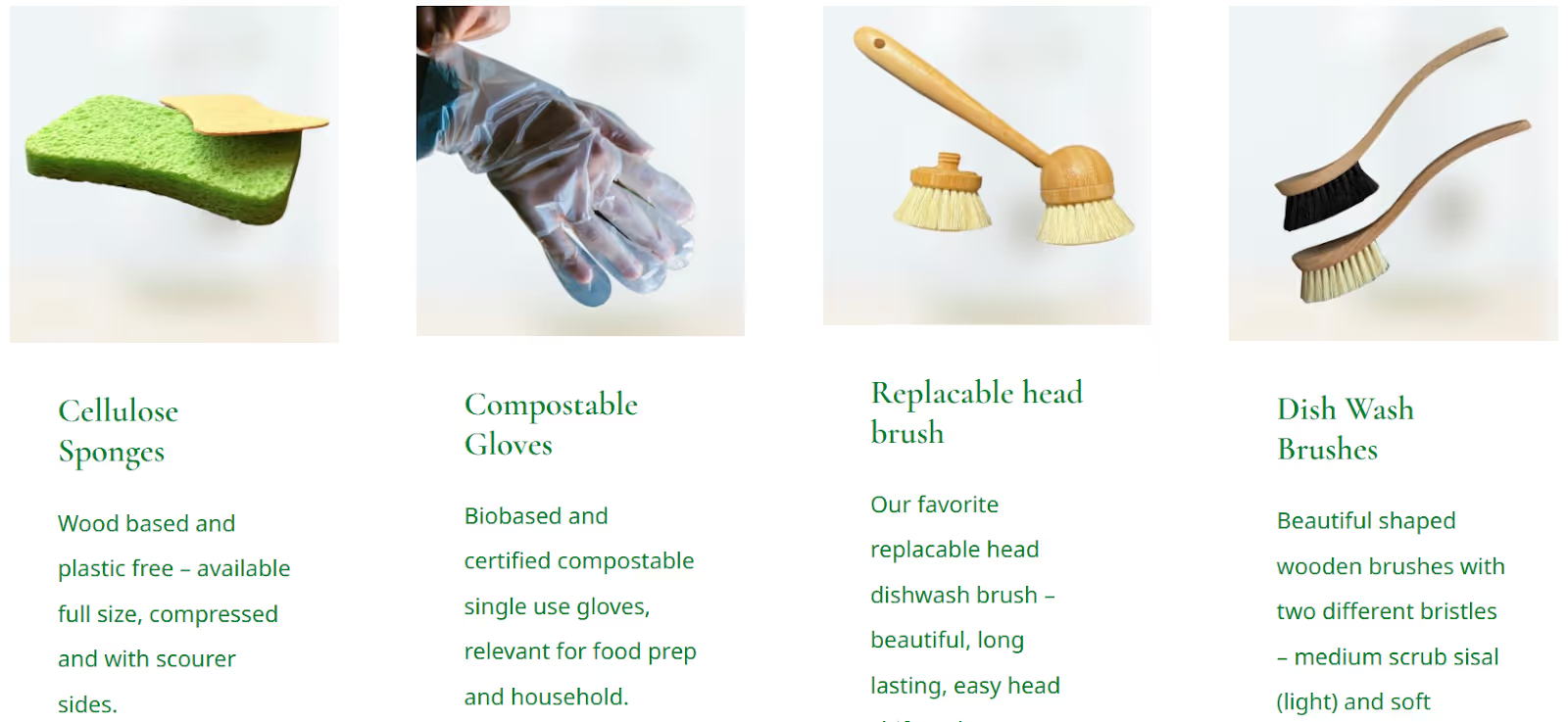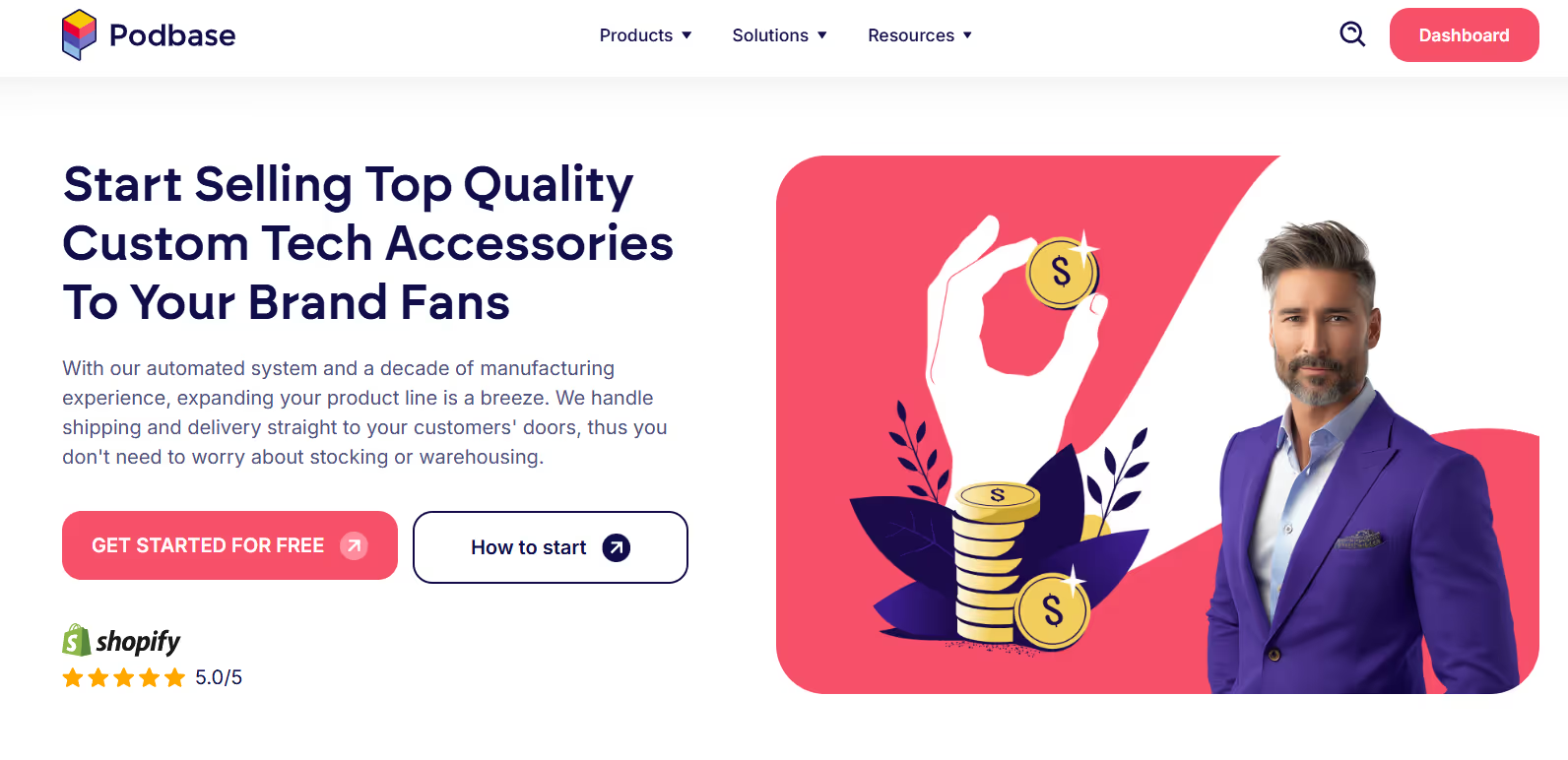Private label dropshipping lets you build a brand without managing inventory. You get total say over how your products look and feel. Your logo is front and center. And your items don’t look like everything else out there.
More people are moving away from regular dropshipping. Customers want products that feel personal. They’re also more likely to stay with brands they trust, even if it costs more.
Here’s the good news: you can start a private label dropshipping business right now. No bulk orders. No huge upfront costs. All you need is a good plan and the right supplier.
In this guide, we’ll walk through everything, from choosing your niche to building a store. By the end, you’ll know how to start a private-label brand that grows.
What Is Private Label Dropshipping?
Private label dropshipping is when you sell products under your brand name, with your design. Unlike traditional businesses, you don’t handle making, storing, or shipping items. Your supplier does that for you.
Your job is to build the brand and make sales. The supplier handles the rest.
You’re not selling common products that anyone can find. You’re selling something special. It’s your version of the product, logo, design, and story behind it, making dropshipping profitable.
How It Differs from White Labeling
White label products already exist, and you just add your logo. With private label dropshipping, you get to shape the product. You can change the material, features, or packaging. That gives you more control over your products.
Private Label vs Print-on-Demand
Print-on-demand is all about adding your art to ready-made products. It’s great for designs on shirts, mugs, and other items. But a private label lets you build the actual product from scratch.
Benefits: No Inventory, Full Branding, Passive Scale
There’s no need to keep goods or worry about shipping. Your supplier takes care of that. You focus on building a brand that customers trust.
With full control over how your product looks and feels, you create something worth buying again. As your name grows, you can grow with fewer costs and higher margins.
Also Read:
Best Private Label Products to Dropship in 2025
Your success in private label dropshipping depends on picking the best products. Go for items with steady sales, good margins, and branding potential.
Here are some top categories for 2025.
Custom Apparel (T-shirts, Hoodies)
Clothing is still a good private label dropshipping category. You can choose the fabric and design. Customers will pay more for clothes that feel good and look original.
Product ideas:
- Moisture-wicking workout tees
- Pet-inspired hoodies
- Business quote shirts
Here are some clothing samples on Etsy.

Private Label Phone Cases
Phone add-ons are always in demand. You can stand out by changing the design, materials, or features. With new phones launching often, it’s a market that keeps growing.
Product ideas:
- Custom cases that protect from drops
- Wallet cases with monograms
- Gaming cases with better grip
Look at these phone case samples:

Skincare, Supplements, and Cosmetics
These products often attract loyal customers. Private labeling lets you offer unique products your customers can’t find elsewhere.
Product ideas:
- Vitamin C serums
- Collagen beauty supplements
- Anti-aging creams
Here are examples of private label supplements:

Also Read:
- How to Avoid Copyright Infringement in Print-on-Demand
- What Must an Entrepreneur Assume When Starting a Business?
Eco-Friendly and Sustainable Products
Today's buyers care about the Earth. Offering sustainable versions of everyday items builds loyalty and lets you charge more. And you can do this well with private label dropshipping.
Product ideas:
- Bamboo toothbrushes
- Branded metal water bottles
- Solar-powered chargers
Here are some sustainable product samples.

Niche Print-on-Demand Items
Print-on-demand works well in small, strong markets. You can create products for certain groups. Choose from some of the bestselling items on Etsy or come up with new product ideas.
Some examples are:
- Custom gaming mouse pads
- Workout planners for coaches
- Branded notebooks for consultants
Also Read:
Top Private Label Dropshipping Suppliers
The supplier you choose plays a huge role in your private label dropshipping success. They control product quality, shipping speed, and brand image.
Do your research before committing. Always check for reliability, communication, and product consistency. You can go as far as asking for samples and testing their customer support.
Podbase (fast fulfillment, unique product catalog)
Podbase focuses on private label dropshipping for tech and lifestyle products. It offers fast fulfillment, global shipping, and a range of customizable items.
You can easily add your designs, tweak features, and get support during development. Podbase handles quality control and integrates well with major ecommerce platforms.
Its support team also helps with product development and customization questions.

Apliiq, Spocket, Dripshipper, and Trendsi
How to Compare Quality, Shipping, and Customization
Once again, always try to request samples from different suppliers. Test the products for durability, material quality, and packaging.
Compare shipping speeds to your target markets and ask about rush options. Also, check how they handle returns and product defects. A good supplier will be transparent and responsive from the start.
How to Start a Private Label Dropshipping Business
Starting a private label dropshipping brand doesn’t require a warehouse or a big team. But it does take planning. These five steps will help you launch the right way and set your brand up for long-term success.
Step 1: Choose Your Niche
Start by picking a niche you know or care about.
- Look at customer reviews and complaints on existing products. What’s missing? What could be better?
- Choose a market with steady demand and room to stand out.
- Avoid overly saturated categories unless you have a clear edge. A strong niche gives your brand focus and purpose.
Step 2: Find the Right Supplier
Look for suppliers that offer customization, good communication, and fast, reliable shipping.
Contact several and ask for product samples. Compare quality, pricing, and turnaround time. And ask how they handle returns and quality issues.
A supplier who treats your brand with care is worth keeping long-term. Don’t rush this step, as your supplier directly affects customer satisfaction.
Step 3: Design Products and Branding
Design with intention. Think beyond appearance — what will make your product more useful or enjoyable to customers?
Consider materials, usability, and packaging. Then build a brand that tells a story.
Your name, logo, and tone should feel cohesive across your website, product packaging, and marketing channels. Clear, confident branding helps your store stand out and feel trustworthy.
Step 4: Build Your Online Store
Choose a platform that works with your supplier’s systems. BigCommerce, Shopify or WooCommerce, are all solid options. Keep the design clean and mobile-friendly.
Add high-quality images and write product descriptions that focus on benefits, not just features. Include reviews, FAQ, and trust signals to make people trust your online store. Make checkout smooth and quick to avoid drop-offs.
Step 5: Launch, Test, and Scale
Don’t try to launch everything at once. Start with a few products and watch how people respond. Track what’s selling, what’s returned, and what gets reviewed. Use that data to refine your offer.
As you grow, reinvest in ads, SEO, and better customer experience. Scaling is easier when you’ve tested the basics and know what works.
Also Read:
Tips to Build a Strong Private Label Brand
A strong brand is what separates long-term success from short-term wins. It’s what makes customers remember you, trust you, and come back. This is especially useful when your prices aren’t the lowest. These tips will help you build that kind of brand.
Consistent Product Quality
In private label dropshipping, your supplier controls production. But it’s your reputation that’s on the line. That’s why quality control has to be a priority.
Set clear standards and hold suppliers to them. Order samples regularly. Check for defects, packaging issues, and material consistency.
If something’s off, fix it fast. A single bad batch can undo months of good reviews.
Quality checklist:
- Request regular product samples
- Define specs clearly (materials, sizing, packaging)
- Document common issues
- Test products yourself
- Stay proactive with supplier feedback
Social Proof & Customer Reviews
Buyers trust other buyers. Collect reviews early and often.
Encourage customers to share photos or videos of your product in use. And respond to all reviews, especially the negative ones. Handling issues well builds trust.
Also, share testimonials across your website, product pages, and social media. Let your happy customers do the talking.
Here are some social proof ideas:
- Feature top reviews in emails
- Create branded hashtags
- Run photo contests
- Highlight user-generated content
- Use review widgets on product pages
Retargeting and Email Automation
Most people won’t buy on their first visit. But they might come back if you follow up.
Set up email sequences that provide helpful content, product tips, and offers. Use retargeting ads to bring back site visitors who left without buying.
Automation doesn’t just boost sales — it helps build long-term customer relationships.
Email tips:
- Recover abandoned carts
- Send product care tips
- Offer first-time buyer discounts
- Segment based on behavior
- Highlight new product launches
Final Thoughts
Private label dropshipping gives you the chance to build a brand without the risk of holding inventory. You control the product, branding, and customer experience, while your supplier handles the rest.
Start small. Focus on a market you know well and work with a supplier you trust. Deliver real value to your audience. Keep your standards high. Quality and happy customers are what drive long-term growth, not shortcuts.
With the right mindset and systems in place, your private label brand can become a profitable business.


.avif)






